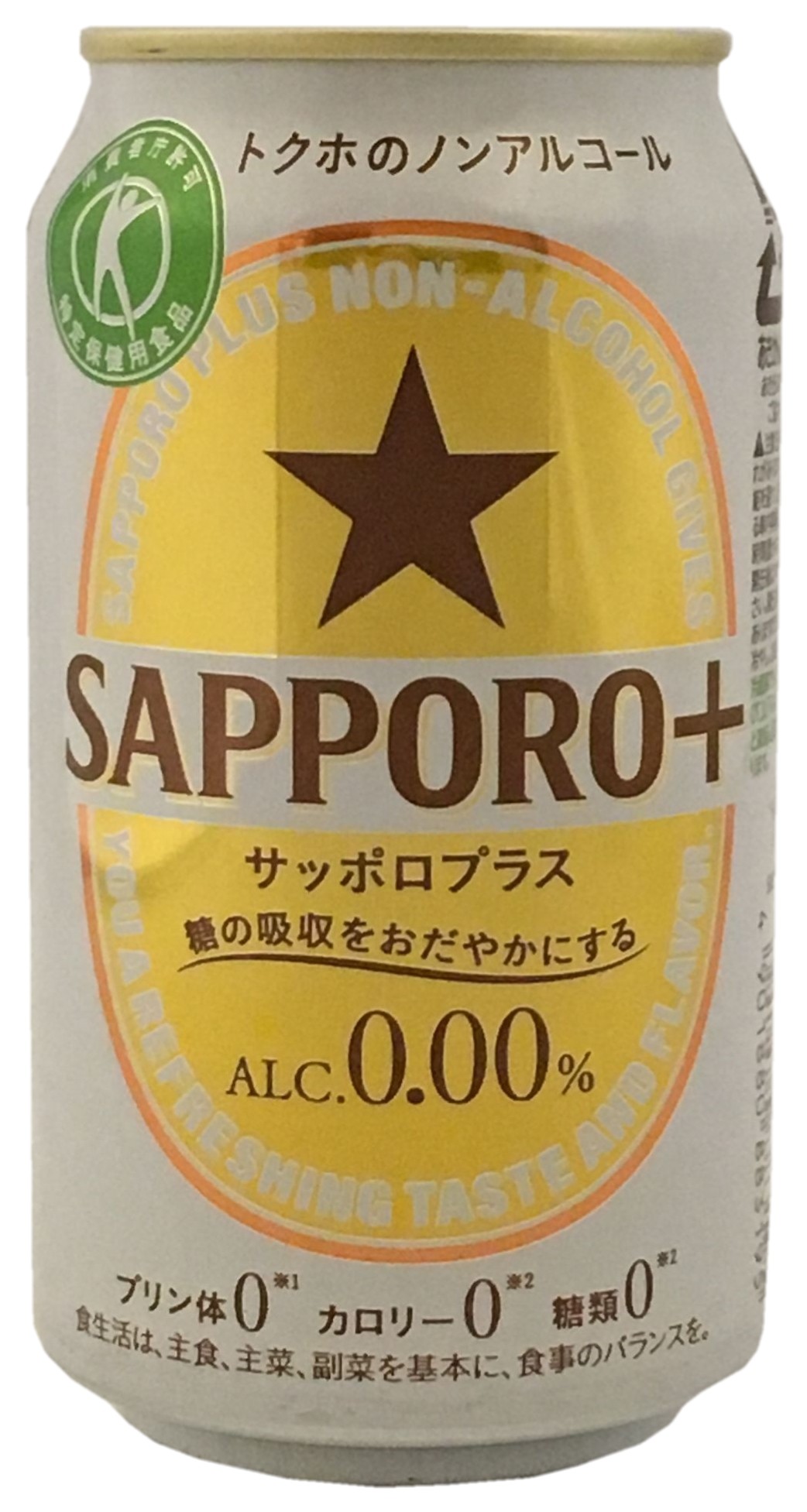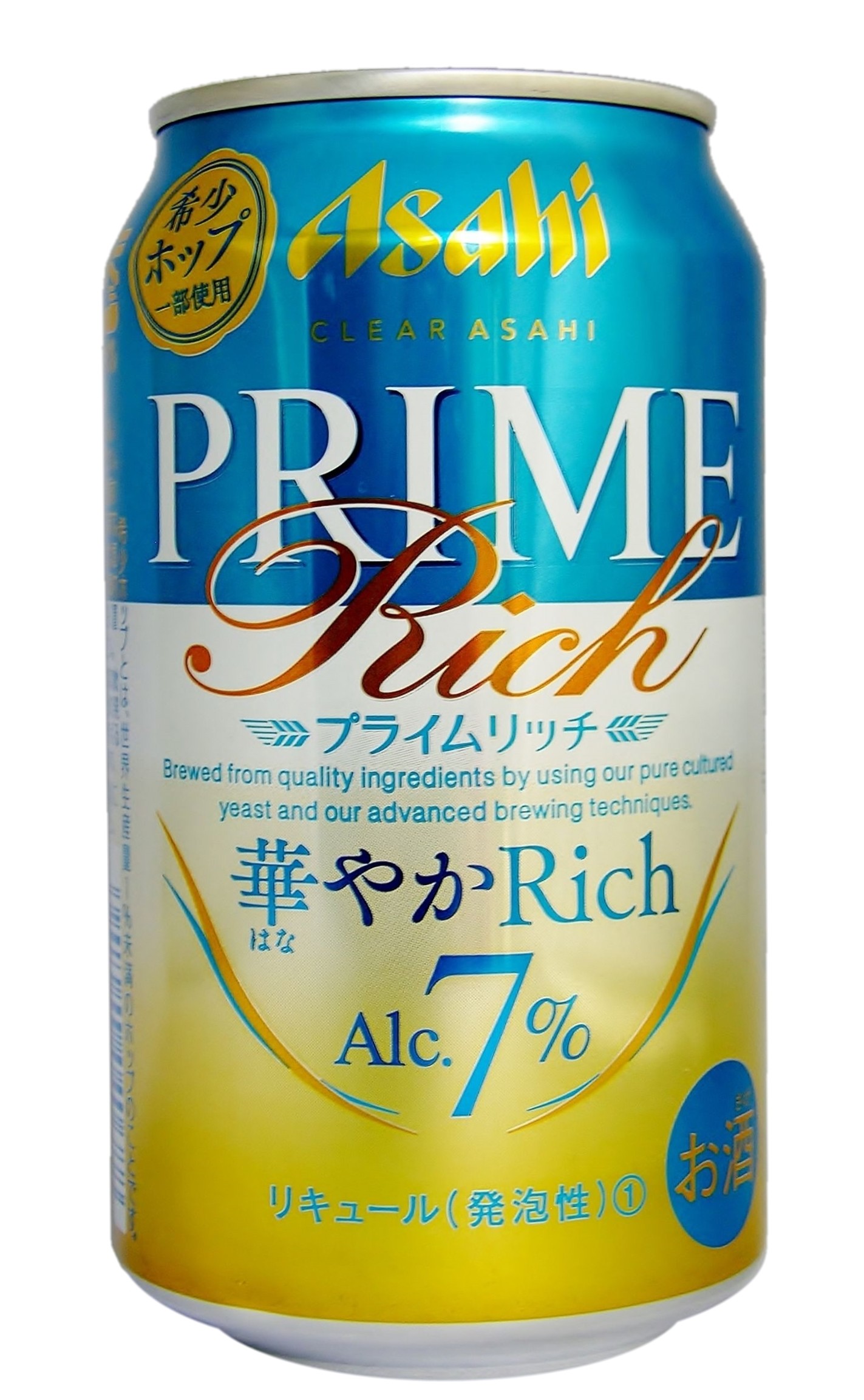-
Articles + –
Reviving Japans turbulent beer market
With Oktoberfest celebrations underway around the world, we take a look at one of the world’s biggest beer markets—Japan.
The Japanese beer market has experienced turbulent times in recent years. According to Mintel estimates, overall per capita consumption has been decreasing due to the ageing population and changing consumption patterns, particularly as consumers increasingly prefer to save money and entertain at home. Retail volumes had previously been edging up but declined in 2017, and are expected to struggle in the coming years. Furthermore, retail prices have increased following stricter rules on alcohol discounts.
In a bid to revive the beer market, taxation will be changed in three stages starting from 2020, following the liquor tax reform. The government will decrease tax on ordinary beer and increase it on low-malt happōshu (quasi-beer) and third-sector no-malt beverages.
These changes aim to equalise taxation on all beer and beer-based alcoholic beverages by 2026. Currently, Japan has one of the highest taxation rates for beer, which limits the development of the regular beer sector, but is beneficial for the development of low-malt beverages.
Declining beer consumption opens up innovation opportunities
Meeting the demands of various consumer groups is an important element of beer brands’ strategies. The declining beer consumption in Japan encourages breweries to look for alternative positioning for their products or for the development of new product ranges that could match different consumer expectations and consumption habits.
Two focus areas have arisen for Japan’s main breweries. On one end, they have started to introduce non-alcoholic varieties to cater to health-conscious consumers. And on the other end, in a bid to provide consumers with good value for money, breweries have started launching higher ABV alcoholic drinks.
[one_half]
Non-alcoholic beer brands add value by incorporating ingredients that cater to health-minded consumers

The FOSHU-certified product is said to taste more like real beer and is formulated with indigestible dextrin as dietary fibre to slow down the absorption of sugar by the body.
[/one_half]
[one_half]
Strong beer explores ‘luxury’ credentials in order to broaden its positioning

The product has been brewed from quality ingredients including rare hops and is manufactured with advanced brewing techniques in order to achieve a fruity and luxurious aroma.
[/one_half]
Young Japanese consumers offer new scope for beer innovations
Despite the rapidly ageing population in the country, brands should not ignore younger consumers and the expectations they have of food and drink products. According to the National Statistics Bureau of Japan, there were almost 20 million people aged 20-34 in Japan in March 2018.
This considerable group of consumers is generally more curious, independently-minded and experimental than older generations, and has different consumption habits. When it comes to beer consumption, younger consumers are looking for more unique flavours and originality, often abandoning traditional beers.
Young consumers in Japan are also increasingly interested in craft beer varieties. However, the craft beer scene in Japan is somewhat unsettled and is mainly dominated by craft-like launches from leading breweries such as Asahi, Kirin and Suntory. That said, the craft beer sector is experiencing a revival, with more microbreweries coming to play.
In the Spring of 2018, the legal definition of beer changed in Japan. The old definition allowed alcoholic drinks that contained hops and a minimum of 67% malt to be called beer. The new definition has lowered the malt content to 50%. It is expected that this change will help further develop craft beer, as well as cater to the experimental tastes of young Japanese consumers all while supporting the recovery of beer consumption.
Craft beer also holds the potential to change both the image of beer as an ‘old man’s drink’ and the drinking habits of young consumers who, in recent years, have been shifting away from beer to other drinks such as wine, kanchuhai (fruity cocktails), whisky, cheaper quasi-beers and sake.

Regina is a Global Food & Drink Analyst. As part of the analyst team she provides insights on product innovation, trends and packaging and market developments globally.
-
Mintel StoreGet smart fast with our exclusive market research reports, delivering the latest data, innovation, trends and strategic recommendations....View reports
-
Mintel LeapMintel Leap is a revolutionary new AI-powered platform that will transform your research process....Book a demo







































